Splunk is a remarkable, dynamic company that has long impressed us with how they use sophisticated, in-house tech platforms to coordinate onboarding and conduct continuing education. They’ve joined us on previous panels and have always found their input and perspective invaluable. We recently hosted three members of their Engineering Productivity team to understand how their tech enablement efforts help manage operations better and increase engineering efficiency. Here are a few takeaways:
Set goals first, design second
When creating bootcamps, the engineers at Splunk first teased out the goals that would allow them to determine if the exercise had been successful. “When Paul and I sat down to think about how to make the tutorials, we had three goals in mind,” recalled Tony Tam, Senior Manager of Engineering Productivity. “One was that engineers have to love it. Another was that it had to have analytics correctly built-in. At Splunk, our bread and butter is analytics, so they had to be built in from the start. Finally, they had to be singularly focused on tutorial-style content.”
Don’t fear negative feedback
Negative feedback directs the creators’ attention towards the content most in need of their attention. “We love positive feedback, of course,” said Tam. “But we actually love negative feedback even more. You need to see what people are complaining about. That feedback tells the authors what is actually broken. If we know that, we can fix it.”
Host workshops to centralize knowledge and make it engaging
The tech sector is a fast evolving industry. Best practices change quickly, and companies use a variety of tools in manners unique from one another. This is one reason that a static platform like Google Docs is generally insufficient in the realms of onboarding and continuing education.
“There are a lot of benefits of using a workshop over Confluence or Google docs.”
– Julia Wang, Splunk Software Engineer
“One of them is having everything in one place,” explained Julia Wang. “This makes it easy for new engineers or existing engineers to know that they need to learn something new. A workshop is a great landing ground for them to learn that information and maybe move on to something more complicated in the future. Also, we have verification tools built into our workshops, which allows for a more active learning environment. All educational studies show that active learning is more effective than passive learning. A big part of creating a workshop is creating these active learning tools that allow engineers to verify that they’re learning the skills that the workshop is trying to teach.”
Make authorship rewarding too
It’s easy to focus entirely on the users who attend a workshop. After all, the event wouldn’t exist were they not in need of learning its contents. However, the authors of workshops shouldn’t be forgotten when it comes to feedback. The better they are at the process, the more engaged they feel, the more likely they will be to contribute excellent content in the future. “One thing we really want to focus on with a workshop is we want to make the authorship experience rewarding for the author,” said Wang. “By giving them this feedback, this high-level overview of the overall impact of their workshop, we hope to encourage them to continue giving back to the platform as authors. And if there is negative feedback, that could be a great indication for ways to improve a workshop and make things better.”
Build in flexibility to meet people where they are
In the era of remote work, it is more common than ever for a company’s employees to spread out across the country, if not the world. Given these geographical constraints, there is no “one size fits all” solution for continuing education.
“A good platform should offer new hires the option to both go at their own pace and join live learning events.”
– Tony Tam, Sr. Manager Engineering Productivity
“Sometimes we have two people in a bootcamp and sometimes we have 70,” said Tam. “So sometimes we make a decision that this week we can be totally offline, and then other weeks we’ll be completely live because everyone taking them is an intern and they will need more help.”
It’s no surprise that Splunk is so highly regarded within the industry; the company leads by example, using technology to sharpen internal operations and create a shared purpose. Their success is a template for how to improve internal operations by democratizing knowledge and harnessing existing talent. Companies that follow their example will enjoy the best possible chance of creating a shared sense of purpose, therefore ensuring productivity in the ever changing work environment.







